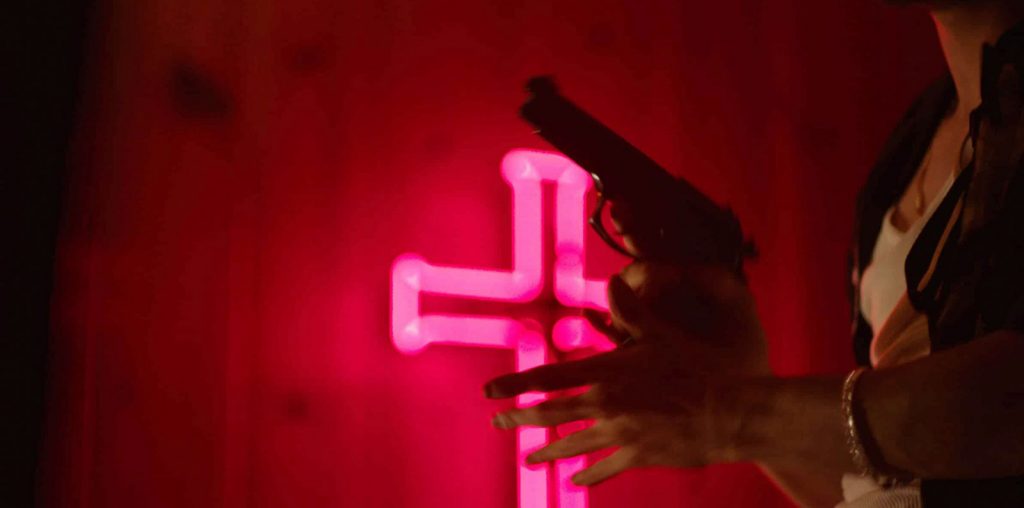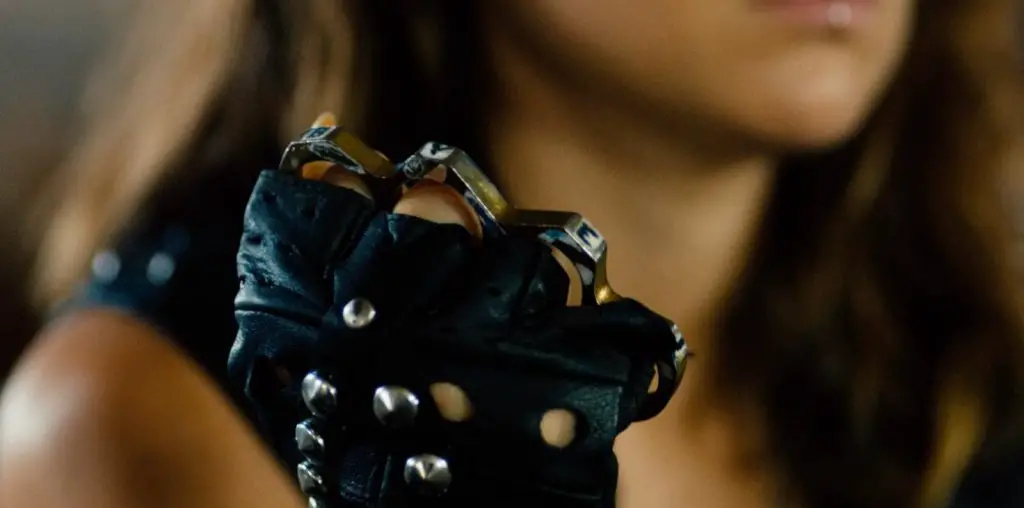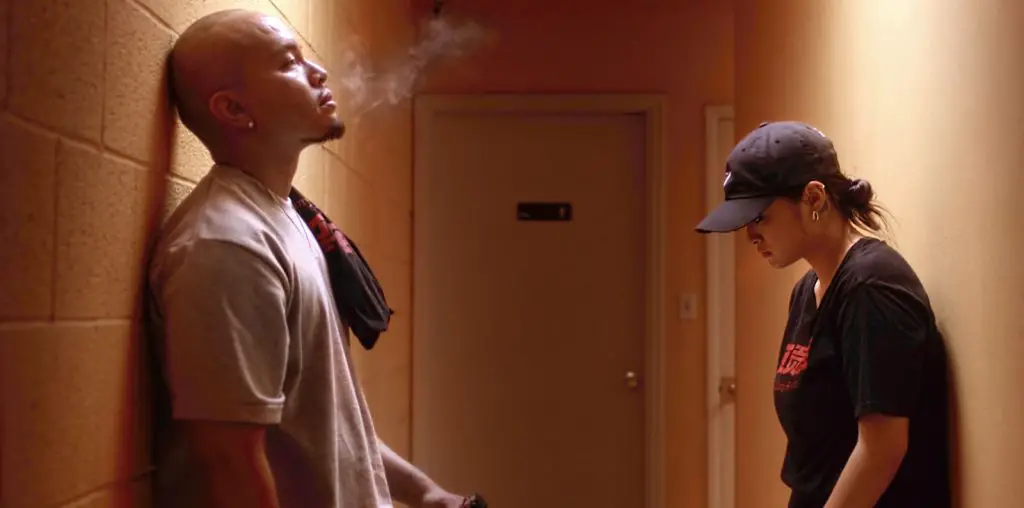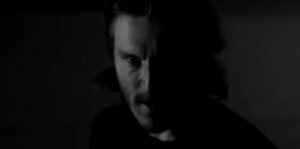
Armour is an experimental film in the literal sense. The whole crew behind this 90-minute thriller is just one man: Neil Webb. But the first question coming to mind is: how well has this one person army handled a feature-length movie? According to the writer, director, and actor of Armour, he made it in his free time during the COVID-19 quarantine in three months.
Armour tells the story of a street kid named James. He has been working with street gangs for as long as he remembers, but he finally decides to leave the life of crime behind and start fresh. Unfortunately, things do not go smoothly, and he ends up in some deep trouble. James has to take care of one final and redeeming assignment for the mob to clean the slate for his brother and himself.
Armour has everything you expect from a thriller; family, love, redemption, and revenge are some of the film’s themes. In a general sense, the story is nothing less than a low-budget Hollywood thriller; a pretty solid and enjoyable one at that.
You may not believe it, but Webb has done a great job as an actor in this “self-centered” movie. He plays the role of all 18 characters, which is not a selling point by itself, but how he handles the characters is actually quite memorable. The way Webb plays the gangster is totally different from his acting as a lawyer or a middle-aged boxer. His control over his facial expressions and the different tones and accents he chooses for each part make them unique and interesting. Armour can be considered a showcase of Webb’s acting skills. Well, at least as a male actor. There are three female characters, and sadly, they are also played by Webb. This is where things start getting awkward.
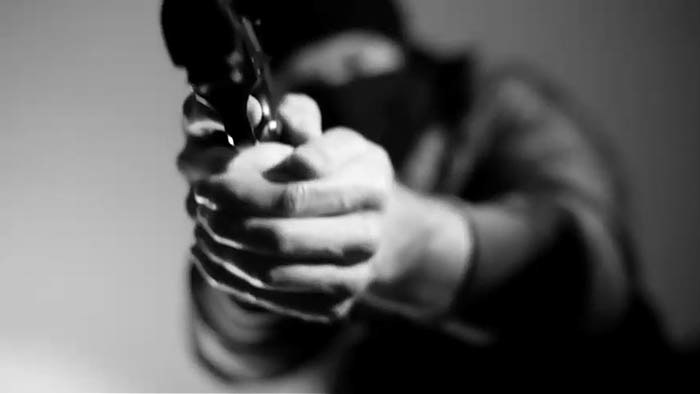
“…working with street gangs for as long as he remembers, but [James] finally decides to leave the life of crime behind…”
The way he plays the female characters is almost indistinguishable from the male ones. We can rarely tell the gender of some characters before they introduce themselves, which confuses the audience, especially in the romantic scenes where Webb tries to kiss his other-self. He could have reduced the number of female characters to a minimum or used some accessories or shaved his beard before playing them to tackle this problem. Still, it seems he does not recognize the need to do so and solely relies on the audience’s curiosity. Some of the male characters are also hard to distinguish from others. Although Webb does his best to portray each person differently, the lack of visual differences between them really confuses the audience at some points. This issue makes Armour feel like the rehearsal for a theater show rather than a film.
Armour was entirely shot in black and white. Since the whole movie is made in the confinement of Webb’s apartment, this technique, alongside the constant use of close-up shots, actually favors the production. This ingenious decision not only utilizes light and shadows to build atmosphere but prevents us from constantly staring at Webb’s apartment walls. The darkness creates a fake sense of expanse and reduces the tedium to a minimum.
The idea behind Armour deserves some credit. To turn your solitude into a work of art and entertainment is really inspiring. Although the content is just like other crime thrillers made by big studios, the form remains purely experimental. Webb tries to please both avant-garde cinema fans and those who seek only entertainment, which is why he accomplishes neither.
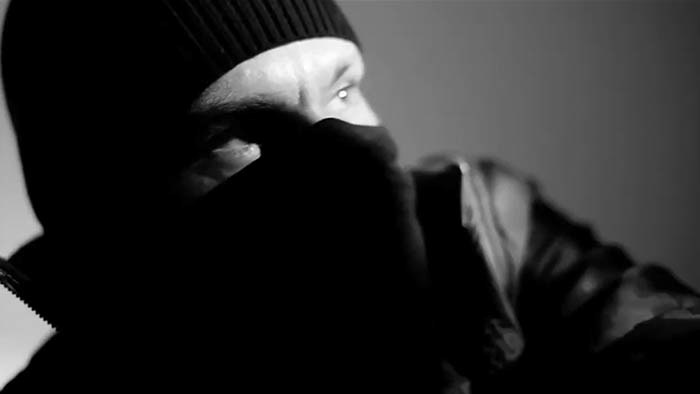
"…the idea behind Armour deserves some credit."
